12 ways to save money on your car insurance
Some things you can change, others you can’t
After fuel, insurance is usually one of the biggest annual costs for motorists and saving money on car insurance can be a frustrating aspect of car ownership.
Not only is car insurance a hefty expense but because insurance companies take into account a wide variety of factors when calculating premiums, the sum a driver pays for insurance every year can be unpredictable and influenced by factors beyond a motorist’s control.
Age plays a big part certainly, largely because the younger a driver is, the more statistically-likely they are to be involved in an accident, which is why car insurance is so expensive for teenagers and twenty-somethings.
On average, someone under 25 will have to fork out £2,145 to insure their car while a typical 25-49 year-old will pay in the region of £850. For the over-50s, that’ll be more along the lines of £568.
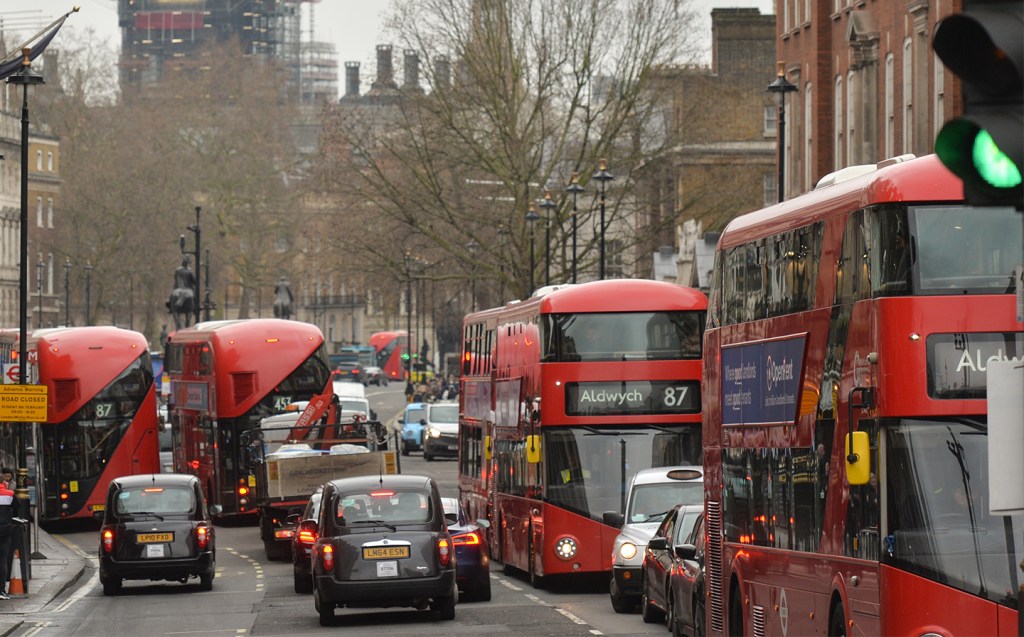
Few people will move house just for the sake of their car insurance, but where you live can also wreak havoc on your premium. Drivers who live in London pay more on average for car insurance than those in the south-west of England and the Scottish Borders, for example.
In the latter areas, cars are seen to be at a lesser risk of theft or vandalism, and if you live in a terraced house with no access to off-street parking, your premium will be higher still.
Thankfully, insurance premiums aren’t entirely in the lap of the gods and there’s still a lot motorists can do to bring down the. Here are our tips on how to reduce your car insurance premium.
1. Shop around
There are a lot of car insurance providers out there, all competing for your attention. The best way to save on your insurance – any insurance – is to shop around.
That doesn’t mean spending hours online or on the phone getting quotes from every insurance company in the land; a quick call to an insurance broker will usually net motorists a good deal on the policy that’s the best fit for them, while a number of price comparison websites such as USwitch, MoneySuperMarket.com, GoCompare or Comparethemarket allow drivers to input their details and find the best deal available from a selection of providers, potentially saving them hundreds of pounds every year.

Remember, the cheapest quote isn’t necessarily the best one. Do your research and see what the policy covers (breakdown assistance, windscreen cover etc.) as a slightly more expensive policy may offer better value in the long run. There’s no point either in opting for the bare minimum level of cover if it’s going to mean that you’re left severely out-of-pocket after a crash if you have to repair or replace your own car.
2. Pay your premium annually
As with many things, paying for your car insurance in a lump sum is cheaper than paying monthly, which is essentially a loan with added interest. The significant upfront cost means it’s not always attractive to do this but it’s worth considering paying with a credit card and then paying off the balance over a few months rather than a full year, potentially reducing the amount of interest paid.
If you can sign up for a credit card with 0% interest on purchases, even better, or you could find a card that rewards purchases with points or cashback.

3. Add an experienced driver to your policy
Adding an older, more experienced driver to your policy can sometimes help to bring your annual premium down. This doesn’t apply in all cases but if the other driver has a clean licence and claims history, it’s a decent bet that adding them as a named driver on your policy will decrease your premium.
Always be honest about who the main driver is or you risk invalidating your cover.
4. Increase your excess
The excess is the amount you pay in the event of a claim and is split into two parts — voluntary and compulsory — together known as total excess. If you choose to pay a higher voluntary excess, it will reduce the price of your insurance premium.
But you need to be aware of what that means in the event of an accident.
For one, you won’t be able to make a claim if the value of the damage is lower than your total excess. For example, if your voluntary excess is £250 and compulsory excess is £250, any claim would need to exceed £500. And if, say, the repairs cost £550, you’d be paying the first £500 while the insurer would only contribute £50, which isn’t a good deal, especially as you would lose any no-claims discount you’d accrued.
And while the temptation is always there to reduce your premium as much as possible by increasing your excess, make sure you don’t sign up to an excess you’ll struggle to pay in the event of an accident.
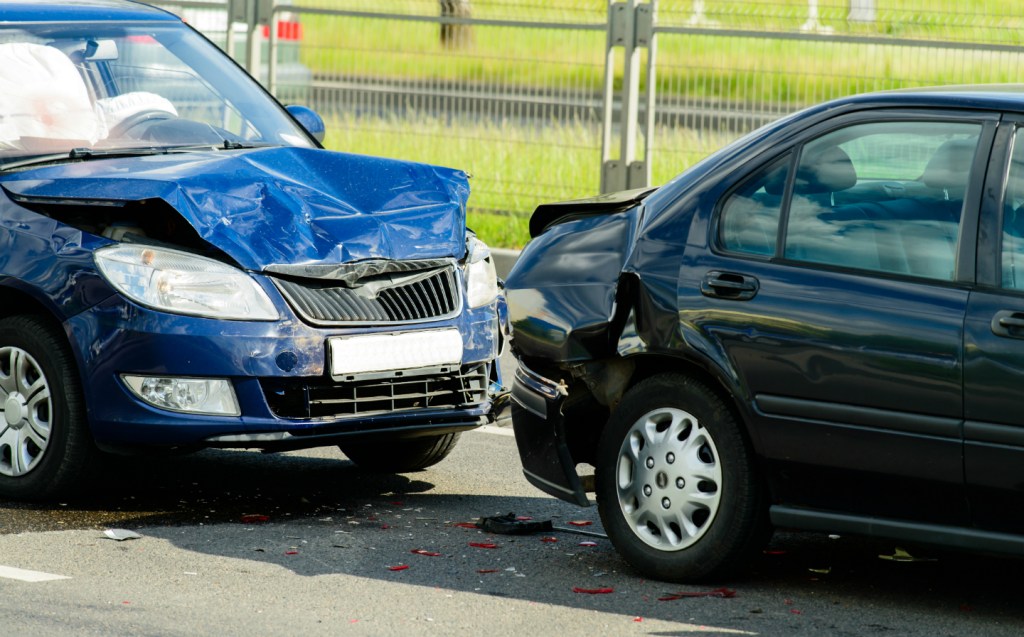
5. Think about how you describe your job
Bizarrely, the way you describe your job can also affect your premium – for example, a “chef” might pay a different premium to a “cook”, and a “hairdresser” might pay a different price to a “barber”. If you’re using a price comparison website, it’s worth fiddling about with different ways of describing your job to see what earns you the lowest premium. If you’re a solicitor, for instance, try inputting lawyer or barrister to see what happens.
Be as creative as you like but just make sure that the job description you use is accurate, as otherwise it’s fraud and it will, at best, invalidate your policy.
6. Improve security
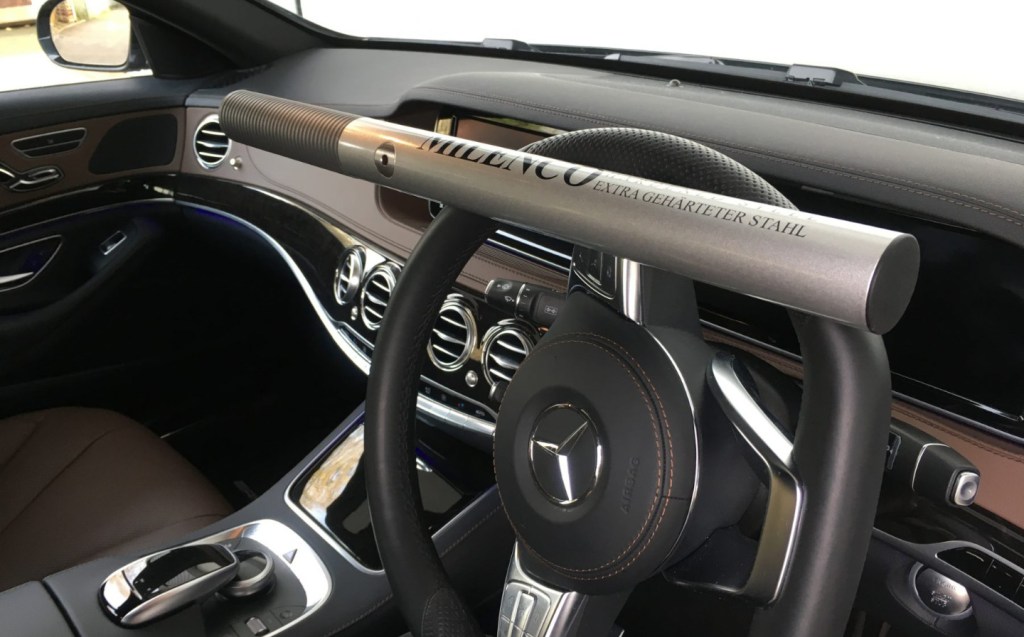
Think about installing devices such as alarms, immobilisers and locking wheel nuts. If you’re unsure about installing these devices, you can get insurance quotes before fitting any security upgrades and then see if the extra cost of buying these is worth it for the insurance savings.
If you have a keyless car, that may flag up a warning on the insurer’s system as it could be a model targeted by sophisticated thieves with electronic devices that can unlock the doors, so make sure you’re not making it easy for the techno-thieves by following Driving.co.uk’s guide to preventing keyless car entry.
7. Avoid modifications

It can be tempting to modify your car, and doing so is not just the preserve of boy (and girl) racers. But bear in mind that any upgrades to the styling, audio or performance of your vehicle could mean an increase in the price of your insurance.
This is because additions such as alloy wheels, body kits and performance upgrades could make your car — or parts of your car — a lot more attractive to thieves.
Cars with modifications also tend to be more expensive to fix due to the higher-value custom parts, and may be less reliable than cars that are standard, as they have been tested rigorously by the manufacturer.
8. Build up a no-claims bonus discount
This one speaks for itself. Building up your no-claims discount will help you to get a cheaper policy because insurers reward motorists who are less likely to claim.
Be careful about the drivers you add to your insurance policy though — if they’re less experienced and drive the car reasonably often, they’re more likely to have a crash and destroy your no-claims bonus, resulting in a double-whammy premium increase next time around.
9. Limit the mileage
If you can limit the number of miles you drive each year, it means you’re a lower risk for insurers — less time on the road means less chance that you’ll end up having an accident. But again, always give an accurate estimate of your mileage when getting a quote or you’ll invalidate the contract.
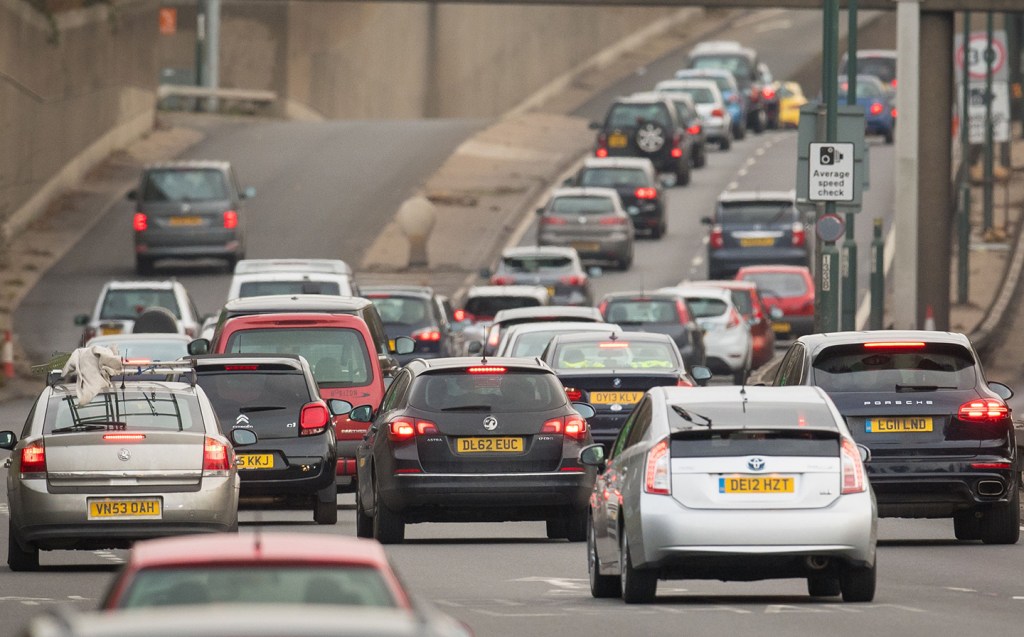
10. Consider a telematics or black box policy
Black boxes, which record data about your driving in order to form the basis for premiums, are sometimes associated with young or beginner drivers. However, anyone can get them and they can make your car insurance cheaper — provided that you’re a careful driver.
Many will balk at being constantly monitored by their insurance company and, if you don’t plan on being relentlessly diligent about your driving — staying within the speed limit at all times, braking and steering smoothly, and driving as few miles as possible — then a black box policy may not be for you and may ultimately lead to a higher premium.
11. Choose the right car
Choosing a car with its insurance group in mind is one way for drivers to potentially save hundreds of pounds every year. Cars in the UK are placed into insurance groups from 1-50 and the lower the group, the cheaper the car will be to insure.
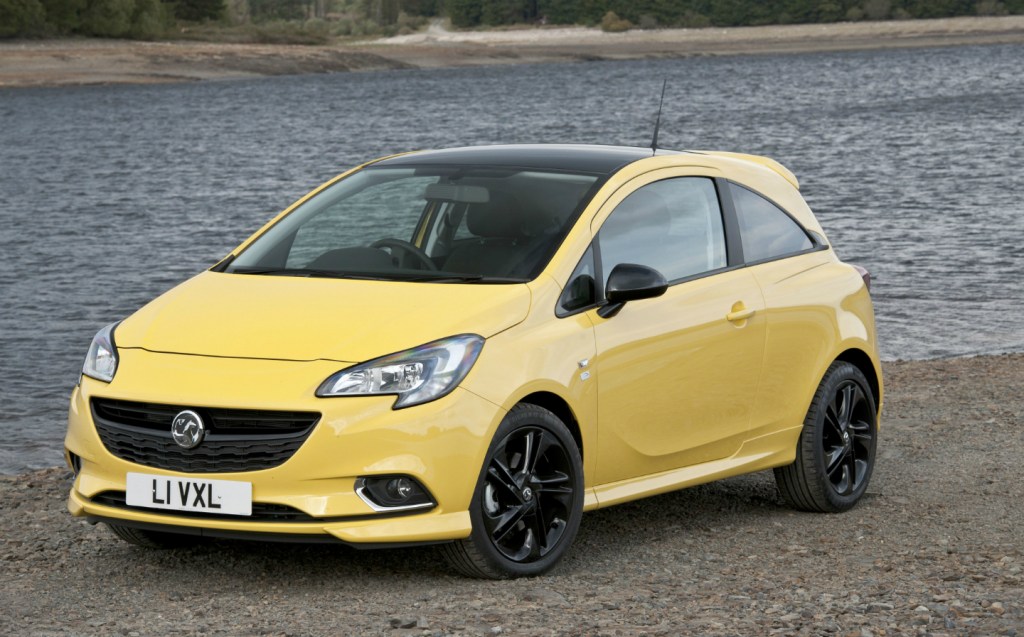
Generally, smaller and less expensive cars such as superminis and city cars are among the cheapest to ensure while fast and high-end cars are the most expensive. After all, there’s a reason you generally see younger motorists driving a Vauxhall Corsa or a Ford Fiesta rather than a BMW M3 or a Porsche.
Drivers can check which insurance group their car falls into on the Thatcham Research website.
The age of a car is another factor affecting insurance premiums. For a variety of reasons — fewer safety features, potentially more expensive parts — older cars can be more expensive to insure, but that increase isn’t linear because newer cars are generally more valuable, making them costlier to repair.
In 2022, a new car cost on average £1,212 to insure every year. For a five-year-old car, that average figure fell to £1,089 before starting to rise, with the average premium for a 10-year-old car being £1,144.
Ideally then, for the cheapest car insurance, a driver will be looking for a car that’s five-to-ten years old and has as small an engine as possible. Cars such as the Hyundai i10, Kia Picanto and Seat Ibiza all fit the bill, though of course these won’t suit all drivers, so it’s worth checking Thatcham’s website when you’re choosing your next car if you want to save on insurance.
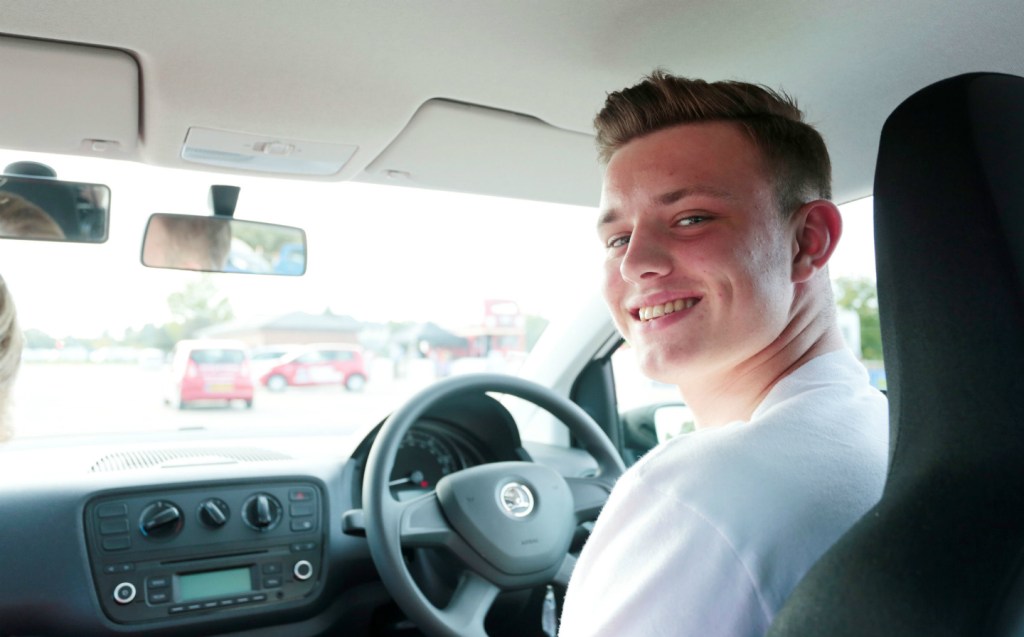
12. Drive safely
At the risk of stating the abundantly obvious, the surest way to avoid a significant insurance premium hike is to avoid crashing. The vast majority of accidents are caused by human factors including driving at an inappropriate speed for the conditions, impairment due to drink, drugs or tiredness, or even just a momentary lapse in judgement.
No driver is perfect all of the time, but bearing in mind that even a relatively minor shunt has the potential to drive up the cost of your insurance premium by hundreds of pounds every year does certainly focus the mind.
Related articles
- If you found our top tips for reducing your insurance costs useful, you will want to read that the fuel duty cut makes road pricing ‘more urgent’
- Also check out our guide to synthetic e-fuels
- Huge spike in demand for electric cars and bikes as fuel shortage crisis bites
Latest articles
- Bedeo Defender 110 2024 review: Does electric Landie with in-wheel motors make for a perfect off-roader?
- F1 2024 calendar and race reports: What time the next grand prix starts and what happened in the previous rounds
- BYD Seal U 2024 review: Chinese brand adds plug-in hybrid SUV to its electrified line-up
- New Mini John Cooper Works revs up for Nürburgring 24-hour race debut
- Ineos Grenadier Quartermaster 2024 review: British pick-up is a tough mudder but too flawed to be a real workhorse
- Mini Cooper SE 2024 review: All-new electric hatchback is playing to the crowd
- Jeep Wrangler 2024 review: Impressive off road but you’d still have to be a committed contrarian to buy one
- Around 500 Ford workers in UK could go on strike over cost-of-living pay dispute
- Durham solar car team to take part in 24-hour race with smart tyres and night-driving solution














